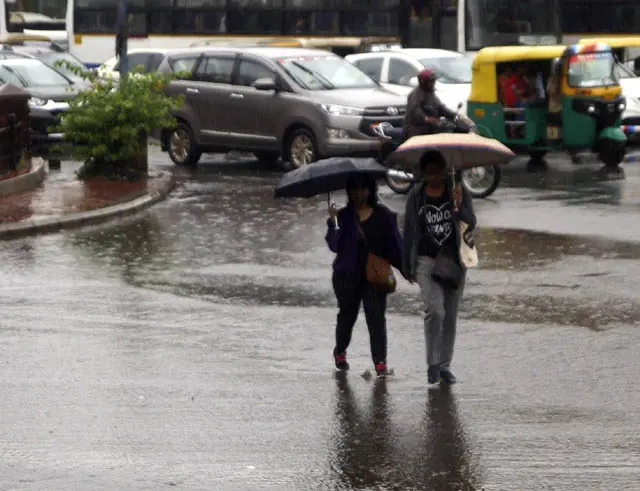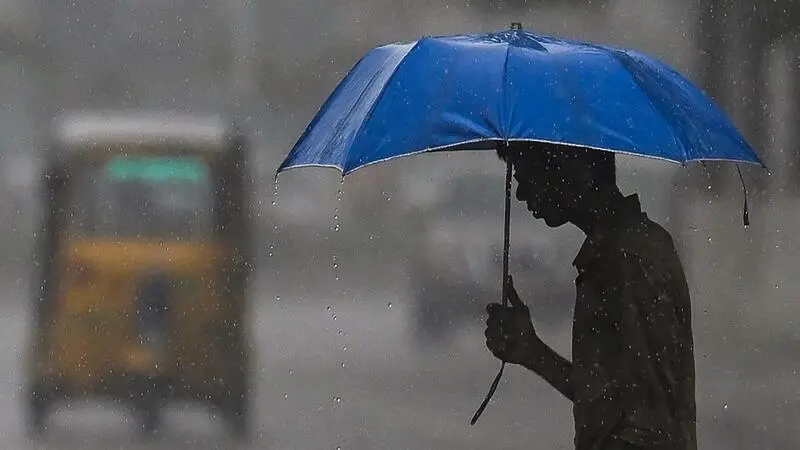Unexpected rains in the northern region of India can have various causes and consequences. Rains during atypical seasons or in excess of normal rainfall patterns can lead to both positive and negative impacts.
Here are some possible effects of unexpected rains in the Northern region of India
Monsoon Patterns causes unexpected rain
The Indian subcontinent is known for its distinct monsoon season, which brings a significant amount of rainfall to the region. The southwest monsoon, which typically occurs from June to September, is responsible for the majority of the rainfall in northern India. However, the monsoon can be unpredictable, leading to unexpected variations in rainfall patterns.
a. Monsoon Variability: The intensity and duration of the monsoon can vary from year to year due to factors such as El Niño-Southern Oscillation (ENSO) events and other large-scale climatic phenomena. These variations can result in unexpected rains or deviations from the usual monsoon patterns.
b. Monsoon Withdrawal: The withdrawal of the monsoon, usually in September or October, can sometimes bring these rains to the northern region. This phenomenon, known as the post-monsoon or retreating monsoon rainfall, occurs when weather systems interact with the retreating monsoon winds.

Local Topography
The topography of the northern region of India plays a significant role in influencing rainfall patterns. The presence of mountains, valleys, and rivers can affect the movement of weather systems, leading to unexpected rains.
a. Orographic Effect: The Himalayan mountain range acts as a barrier to the prevailing monsoon winds, forcing them to rise and cool. As the air rises, it condenses, leading to cloud formation and rainfall on the windward side of the mountains. This phenomenon, known as the orographic effect, can result in unexpected rains in the foothills and adjacent areas.
b. Valley and Basin Effects: The presence of valleys and basins in the region can create localized weather patterns. Cold air drainage into valleys can lead to the formation of fog and low-level clouds, which may result in unexpected rainfall events.
Atmospheric Conditions causes unexpected rain
Atmospheric conditions, including moisture content, temperature, and wind patterns, contribute to the occurrence of unexpected rains in the northern region of India.
a. Moisture Availability: The availability of moisture in the atmosphere is crucial for rainfall formation. Changes in moisture patterns, such as the intrusion of moist air from nearby water bodies or the presence of atmospheric instability, can lead to unexpected rain events.
b. Temperature Contrasts: Sharp temperature contrasts between different regions or changes in temperature patterns can trigger convective activity and cloud formation, leading to unexpected rains. These temperature contrasts can arise from various factors, including local heating, cold air outbreaks, or the interaction of air masses.
c. Low-Pressure Systems: The formation of low-pressure systems, such as cyclonic disturbances or depressions, can contribute to unexpected rains. These systems often develop due to the interaction of atmospheric conditions, such as the convergence of winds, changes in temperature, and the presence of moisture.
Climate Change
Climate change is a significant factor influencing rainfall patterns globally, including in the northern region of India. Changes in temperature, sea surface temperatures, and atmospheric circulation patterns can lead to shifts in precipitation patterns and the occurrence of unexpected rains.
a. Increased Variability: Climate change can increase the variability of rainfall patterns, leading to more frequent and intense rainfall events, including unexpected rains. Changes in atmospheric circulation patterns and moisture availability can contribute to this increased variability.
b. Shifts in Monsoon Dynamics: Climate change can affect the onset, intensity, and duration of the monsoon season. Alterations in sea surface temperatures and atmospheric conditions can impact the monsoon patterns, leading to changes in rainfall distribution and the occurrence these rains.
c. Extreme Weather Events: Climate change is associated with an increased frequency and intensity of extreme weather events, such as heavy rainfall and thunderstorms. These events can result in unexpected rain events and contribute to localized flooding and other weather-related hazards.

In conclusion, unexpected rains in the northern region of India can be attributed to various factors, including monsoon patterns, local topography, atmospheric conditions, and climate change. The interplay of these factors can lead to deviations from the usual rainfall patterns and result in unexpected rain events. Understanding these causes is crucial for predicting and managing the impacts of these rains on agriculture, water resources, and the overall socio-economic well-being of the region.









































